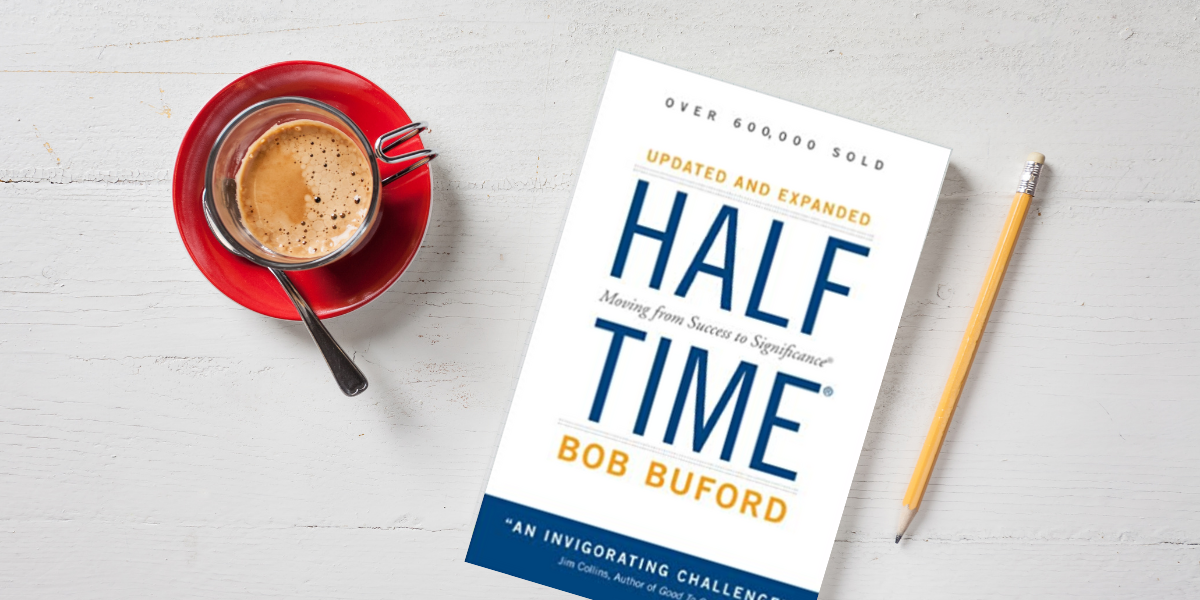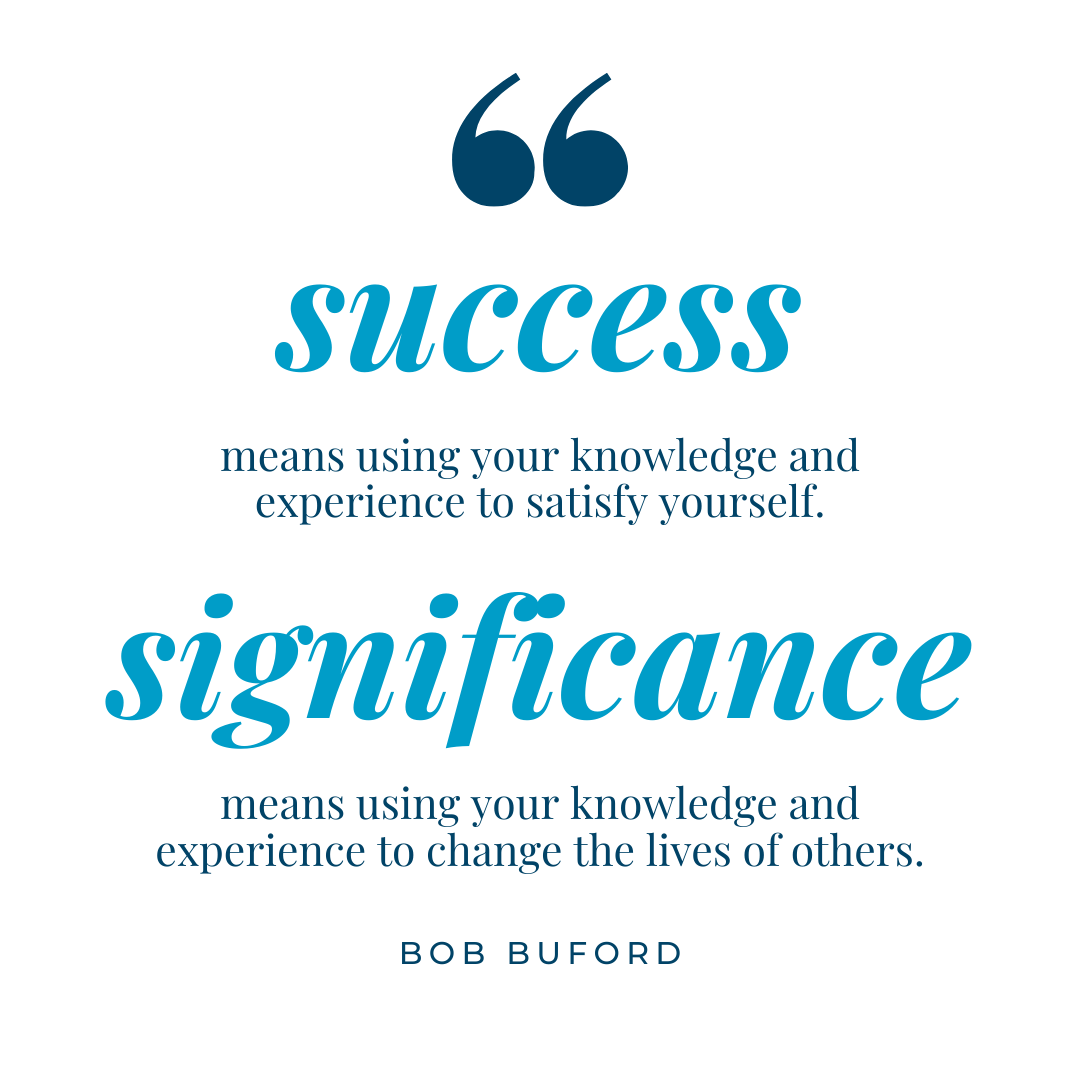
Half Time: Moving from Success to Significance
by Bob Buford


Half Time: Moving from Success to Significance
Book Review
Are you likely about about halfway through your life? Then it's time to reflect, get off autopilot, and make decisions and changes for a meaningful and impactful second half!
Note: Buford is a Christian who refers to God and Bible verses frequently in this book. The ideas in the book have value for people of all religious backgrounds, but if you prefer not to read books that refer to God or the Bible, you won't like this one.
I first read HALF TIME five years ago (a bit closer to my actual mid-life point unless I live to 106), but the ideas and questions Buford poses in the book have stuck with me. I've been wanting to review the ideas from Half Time for awhile, and today I finally pulled it off my shelf to read through my highlights, remind myself of the key points and take-aways, and write this review.
Half Time is divided into three parts:
The First Half
Half Time
The Second Half
Part 1: The First Half
"In the first half of life, there is barely enough time to go beyond second base. We are hunter-gatherers, doing our best to provide for our families, to advance our careers, and to pass our beliefs and values on to our children."
The first part of our lives Buford describes as being focused on "achieving, gaining, learning, earning." He talks about the reality that we are often busy with creating our homes and communities, raising kids, and building our careers during the first half of our adult life. During this part of our lives, most of us are primarily focused on ourselves, our families, and our careers. We tend to be self-focused during this period and are often trying to achieve whatever we define as "success" in our personal and professional lives.
"The biggest mistake most of make in the first half is not taking enough time for the things that are really important."
Part 2: Half Time
"You need to honestly face the tough, nitty-gritty questions about finances, other family members, long-range goals, and so on."
Half Time is the time of life that Buford urges us to consider more carefully in this book (thus the title!). This period of our life, a point at which to reflect, "take stock, listen and learn," is often ignored (and thus the reason Buford wrote this book). Just like how football teams regroup and reassess their approach for the second half during a football game, Buford urges us to do the same for our lives.
He generously describes half time as anywhere from our late thirties through our fifties (ha!). It is directly to those of us somewhere in our "half time" that Buford speaks in this book. Keeping the football game language, he gives a two-page "Half Time Drill" to help us "take stock of your first half as you prepare for a better second half."
This is a book - upon re-reading through, that would be great to read and discuss with a fellow half-timer or two. Each question in the pages of the book and especially in the "Halftime Drill" offer an opportunity to think about important topics that don't often come up in our day-to-day lives.
A few examples:
•What do I want to be remembered for?
Write a description of how your life would look it turned out just the way you wished.
• Where do I look for inspiration, mentors, and working models for my second half?
• What do I want for my children?
Buford offers several different ideas and analogies for how to use our half time to figure out how to best approach and utilize our second half of life. A few of his ideas include: figuring out the most important thing in your "box" or your "one thing" (something Buford says most people never discover), seeking reliable counsel, doing some "low-cost probes" to explore and gain some hands-on experience, slowing down, and being deliberate.
Part 3: The Second Half
"The second half is riskier because it has to do with living beyond the immediate. It is about releasing the seed of creativity and energy that has been implanted within us, watering and cultivating it so that we ma be abundantly fruitful. It involves investing our gifts in service to others..."
Topics covered in this part of the book include:
• Figuring out your "life mission" so that you can "focus on what you wish to be and do."
• Regaining control of our lives by accepting the limitations of our economic and social capital.
• Delegate! "Do what you do best; drop the rest."
• Find people who energize you with whom to work on something larger than yourself.
• Keep reading, learning, and growing.
Upon re-reading, I know why the concepts in this book have stuck with me these past years. Today will not be the last day I pull HALF TIME off my shelf. I was looking for contact information this morning to invite Buford on my podcast, but I was too late. He passed away in 2018. I wish I had gotten in touch back in 2015 when I first picked up HALF TIME. He certainly had a significant impact on my life with this book. Thanks, Bob!
As Jim Collins states so eloquently in the foreword to the second edition (2008), "We only get one life, and the urgency of getting on with what we are meant to do increases every day."
